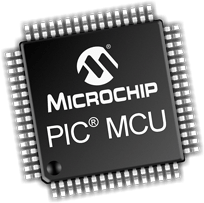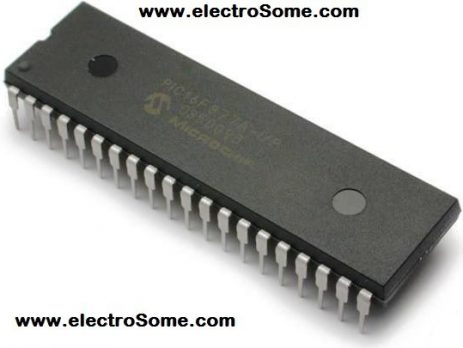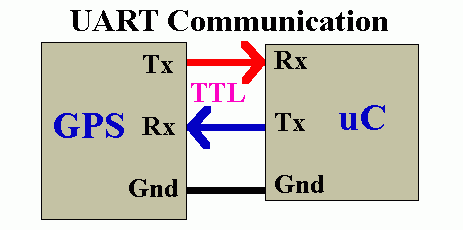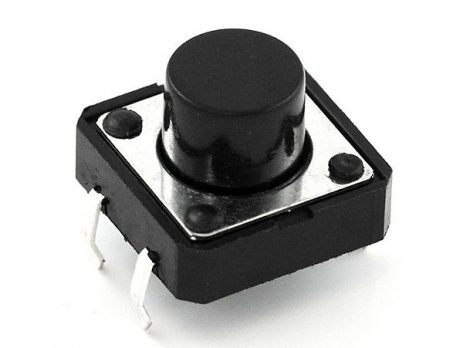PIC Microcontroller Tutorials, MikroC, Proteus Tutorials comes under this category. Starts from LED Blinking. IO Port Expansion Stepper Motor Servo Motor DC Motor Interfacing LCD Interfacing
Getting Started with PIC 18F Microcontroller – MikroC
In this tutorial we will learn how to program PIC 18F Microcontrollers using MikroC Pro compiler. I hope that you already know the basics of PIC Programming using MikroC compiler. If you are a beginner to this field, please read our first tutorial Blinking LED using PIC Microcontroller - MikroC. There are a lot of advantages for PIC 18F microcontrollers compared to 16F. Some of them are given below. PIC 18F is optimized for C while PIC 16F is not. ...









